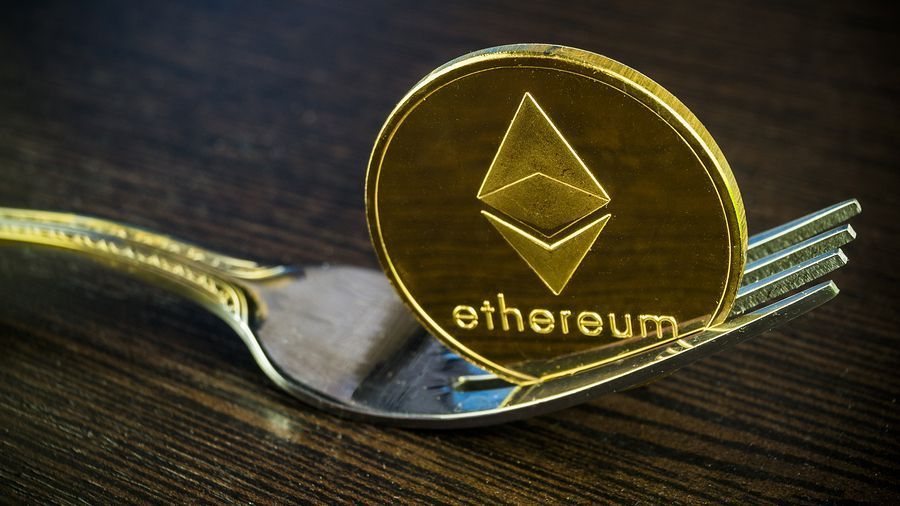On the Ethereum blockchain at block 12,244,000, the planned hard fork of Berlin took place. The update includes four proposals to improve the current Ethereum network and reduce fees.
Berlin’s goal is to reduce transaction fees on the network. Considering that Ethereum is in high demand among projects working with decentralized finance (DeFi) and non-fungible tokens (NFT), this network lacks the ability to quickly process transactions. As a result, users are forced to pay high transaction fees. Gas charges started to rise last fall and peaked in February with transaction fees of 373 Gwei. Since then, commissions have dropped by more than half, but they are still high.
The Berlin hard fork includes several Ethereum 1.0 Improvement Proposals (EIP). EIP-2565 algorithmically reduces transaction fees, EIP-2718 allows multiple transaction types to be combined, and EIP-2929 accelerates transaction processing times and limits the potential for denial of service attacks by increasing transaction fees. This increase will be partially offset by the EIP-2930 proposal, which supports a new type of transaction. Note that today, against the background of the hard fork, the ether rate set another record – $ 2487.
The Berlin update is missing the “controversial” EIP-1559 proposal, which is designed to reduce the supply of ETH by burning coins when paying commissions. Today, miners have some control over fees. However, once EIP-1559 is included in the Ethereum software, the fee will be set by the network and then burned. At the same time, miners will still receive block rewards. Most Ethereum miners did not approve of the new fee model. However, the developers intend to include EIP-1559 in the London hard fork, which is slated for July.
The Ethereum 2.0 update, which uses a Proof-of-Stake (PoS) consensus algorithm, is expected to solve the problem of fees by sharding transactions, which will increase network throughput. As a reminder, at the end of March, Sigma Prime, the developer of Ethereum’s Lighthouse client, already completed the first “merge transaction” between Ethereum 1.0 and Ethereum 2.0.







